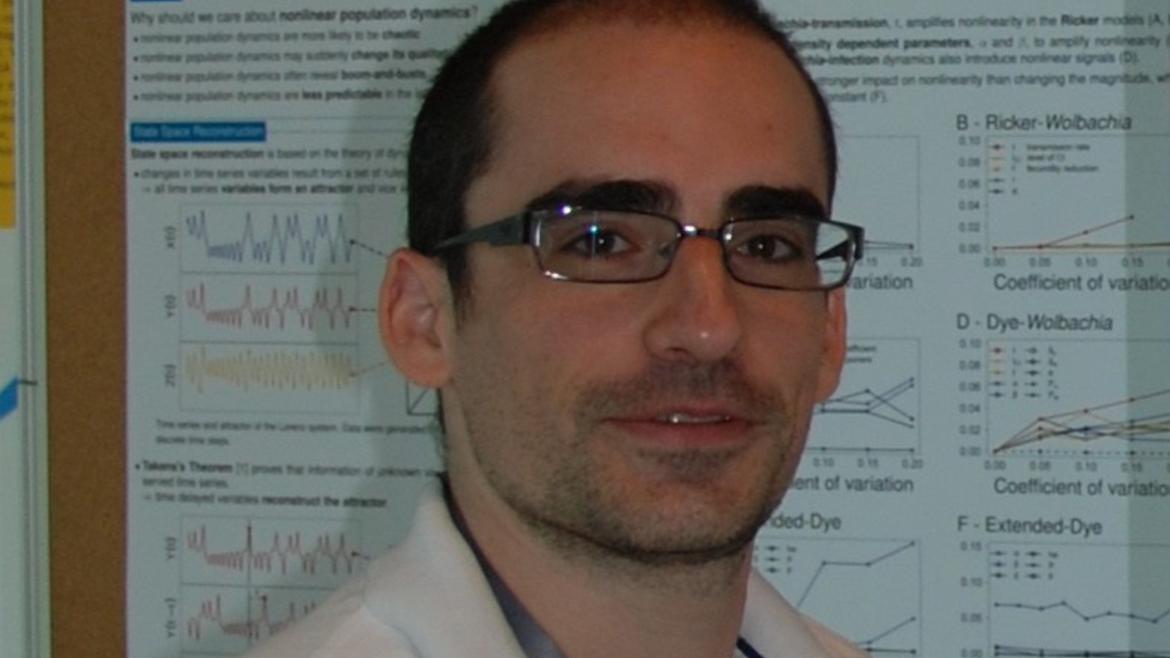
Title: Of Encarsia and Cardinium: Tales from the SYMBIOCONTROL project
Marco Gebiola1,2,3
1 Department of Entomology, The University of Arizona, Tucson, AZ 85721, USA
2 CNR – Istituto per la Protezione delle Piante, Via Università 133, Portici (NA), Italy
3current address: Department of Entomology, University of California Riverside, CA92521, USA
Abstract: E. pergandiella and Encarsia inaron (Hymenoptera: Aphelinidae) are two species complexes that include important biocontrol agents of key agricultural and ornamental whitefly pests. These parasitoids vary in their reproductive mode and infection by maternally transmitted intracellular bacterial symbionts known to be reproductive manipulators of their hosts. Encarsia suzannae is a parasitoid of Bemisia tabaci infected by the symbiont Cardinium, which induces cytoplasmic incompatibility (CI). This is a reproductive manipulation common among arthropods that causes sterility in matings between infected males and uninfected (unidirectional CI) or differently-infected (bidirectional CI) females. Cytological analyses of Wolbachia CI crosses in Drosophila and Nasonia have provided insights into the mechanism of CI, showing that incompatible embryos arrest their development at a very early stage. Nothing was known about the sequence of events in the embryogenesis of incompatible CI Cardinium crosses. Encarsia gennaroi is a sibling species of E. suzannae that is uninfected by facultative symbionts. These two species, despite being morphologically and genetically distinct, are still able to mate and produce hybrid offspring. Theory shows that unidirectional CI in conjunction with nuclear incompatibilities can accelerate speciation, yet there are few empirical examples that support this scenario, and the general importance of CI in speciation remains controversial due to scarcity of experimental data. Also difficult to predict is the outcome of the interaction upon secondary contact between allopatric species that are still able to mate. Another species, E. inaron, was introduced from Europe to North America to control the invasive ash whitefly, and it is infected by two symbionts, Cardinium, which seems asymptomatic, and a CI-inducing Wolbachia. In this seminar, I will: 1) talk about the role that Cardinium may have played in the speciation process leading to post-zygotic isolation between E. suzannae and E. gennaroi; 2) show the factors affecting the outcome of a simulated secondary contact scenario between these two allopatric species, supported by experimental and theoretical evidence; 3) present the surprising results of the first cytological analysis of reproductive incompatibility caused by CI Cardinium in E. suzannae; 4) show how a genetic, crossing and symbiont study of natural populations of E. inaron from the Old and New World led to reassess their species status and to retell a successful biological control story that started in this Department four decades ago.